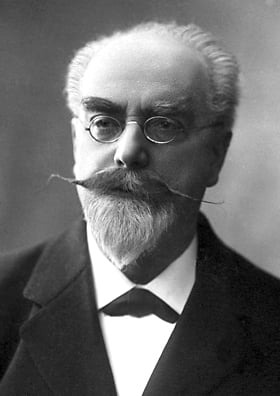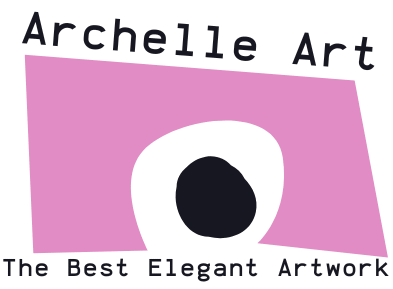Engineers at the Massachusetts Institute of Technological know-how (MIT) have repurposed a 19th-century photography system to build an elastic substance that variations coloration when it is stretched.
The team there suggests they have designed a scalable manufacturing approach that presents supplies “structural shade.” The technology could be employed on strain-monitoring bandages, shade-shifting fabrics, or contact-sensing robots.

Researchers at MIT drew on Gabriel Lippman’s function, who is credited with the very first color photograph ever developed in 1886. Lippman’s procedure utilized holography and photography.
He generated color shots by placing a pretty skinny transparent emulsion in front of a mirror which was then uncovered to a beam of light that the mirror reflected back by way of the emulsion. The interference of the incoming and outgoing gentle waves stimulated the emulsion’s grains to reconfigure their posture and replicate the pattern and wavelength of the exposing light.

This method produced structurally colored pictures of bouquets and other scenes on to the emulsions. Nevertheless, the process associated hand-crafting the emulsions and waiting for days for the product to be adequately exposed to light-weight. Due to the fact of the laborious character, the system did not take off. Despite the fact that Lippman did gain a Nobel Prize for his operate.

Above 130 many years later on and MIT researcher Benjamin Miller stumbled upon a holography exhibit at the MIT museum.
“I recognized what they do in holography is sort of the exact same matter that nature does with structural coloration,” Miller tells MIT Information.
The take a look at led him to analysis the historical past of holography and subsequently learned Franco-Luxembourgish physicist Lippman.
Holography has moved on a lengthy way because the 1880s and Miller wondered no matter whether he could develop significant-scale, structurally colored products from fashionable-working day holographic resources. Just like Lippmann’s emulsions, today’s holographic make any difference consist of light-weight-sensitive molecules that can cross-backlink to variety colored mirrors when exposed to incoming photons.
The staff adhered elastic, clear holographic film and projected pictures onto it. Somewhat than using days, the film made significant, in-depth photos within quite a few minutes, reproducing vivid shades from the initial photos.
The movie could be then peeled absent and as it was stretched, it transformed shade. Its nanoscale buildings reconfigure to reflect somewhat unique wavelengths, resulting in it to show up red and then blue as it is pushed and pulled.
Genuine-Entire world Works by using
The coloration-altering content is conveniently integrated into textiles, but could also be used in bandages. For example, when wrapping a bandage close to an wounded arm the colour could reveal the proper tightness.
Graphic credits: All shots courtesy of MIT.






